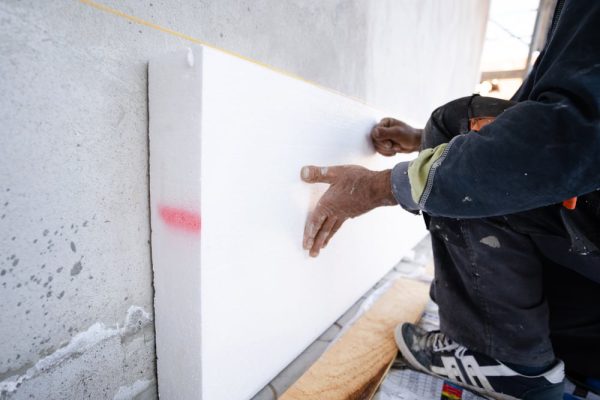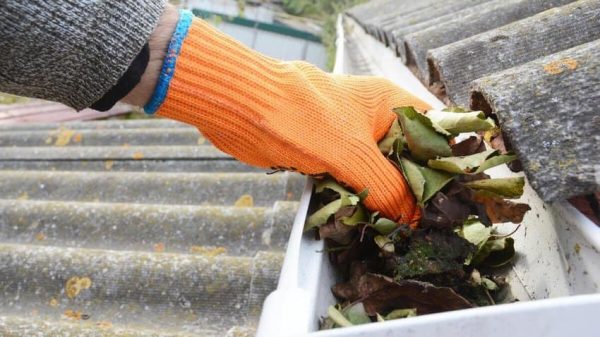
Getting rid of rats and mice is absolutely essential for a bunch of reasons. First off, these little critters can wreak havoc in your home by chewing through stuff like wires and insulation, which can lead to some serious safety hazards and major repair bills. Plus, they’re not exactly hygienic roommates—they carry all sorts of nasty diseases like salmonella and hantavirus, which they can spread through their droppings and urine. And let’s not forget about the food situation—they love to nibble on anything they can find, contaminating your pantry staples and putting your family’s health at risk. But perhaps the worst part is just how creepy it is to know they’re scurrying around your house when you’re trying to relax. So, by kicking these pests to the curb, you’re not just protecting your home and health—you’re reclaiming your peace of mind too.
Fear not! In this guide, we’ll dive into the world of rodent control, offering practical tips and tricks to help you reclaim your space. From sealing up entry points to setting traps and exploring natural deterrents, we’ve got everything you need to show those sneaky critters who’s boss. So, let’s embark on a mission to make your home rodent-free once and for all!
Identifying Signs of Infestation
To tackle the mouse or rat problem effectively, you need to know what you’re dealing with. Keep an eye out for telltale signs of infestation, such as droppings, gnaw marks on furniture or food packaging, and greasy smudges along walls or baseboards—these are often indicators of rodent activity. You might also notice nests made from shredded materials like paper or fabric tucked away in dark corners or hidden spaces. Additionally, listen for scratching or scurrying noises, especially at night when these critters are most active. Don’t forget to inspect your pantry for any signs of food packaging that’s been tampered with or holes chewed through. By staying vigilant and recognizing these signs early on, you’ll be better equipped to take swift action and prevent the infestation from getting out of hand.
Identifying Entry Points
Finding where these critters are sneaking in is key to getting rid of them for good. Start by inspecting your home’s exterior for any cracks, gaps, or holes—they can squeeze through surprisingly small spaces. Check around pipes, vents, and utility lines, as these are common entry points. Inside, pay attention to gaps around doors and windows, as well as holes in walls or floors. Don’t forget to look in attics, basements, and crawl spaces too. Once you’ve identified these entry points, seal them up tight with materials like steel wool, caulk, or wire mesh to keep the rodents out for good.
Remove Food Sources and Crumbs
To effectively deter rodents, it’s crucial to eliminate any potential food sources they might be after. Start by storing all food in sturdy, airtight containers—preferably made of glass or metal—to prevent easy access. Be diligent about cleaning up any spills or crumbs promptly, especially around food preparation areas. Ensure that pet food is not left out overnight and store it in sealed containers as well. Keep trash cans tightly sealed with lids and take out the garbage regularly to prevent food scraps from accumulating.
Additionally, maintain cleanliness on kitchen counters and floors by regularly wiping down surfaces and sweeping up any food debris. Don’t forget to inspect and clean hidden areas like behind appliances and in cabinets. By removing these food sources and maintaining a clean environment, you’ll make your home significantly less attractive to those pesky rodents, reducing the risk of infestation.
Eliminate Water Sources
Just like us, rodents need water to survive, so cutting off their access to it is crucial in your efforts to get rid of them. Start by thoroughly inspecting your home for any leaks in pipes, faucets, or appliances. Even the smallest drip can provide enough water to sustain these pests. Make sure to fix any leaks promptly to deny them this essential resource. Additionally, check around your property for any standing water sources, such as puddles, birdbaths, or clogged gutters. These can serve as convenient drinking spots for rodents and should be eliminated or properly maintained to discourage their presence. By addressing both indoor and outdoor water sources, you’ll significantly reduce the attractiveness of your home to these pesky intruders, making it harder for them to survive and thrive in your environment.
Setting Up Traps
When it comes to dealing with rodents, traps can be your best friend. Fortunately, there’s a wide variety to choose from, each with its own strengths. Snap traps are the classic choice, known for their effectiveness in quickly dispatching rodents. Glue traps offer a different approach, using a sticky surface to immobilize pests. Electronic traps provide a humane option, delivering a quick and painless electric shock to incapacitate rodents.
Placement is key when setting traps. Focus on areas where you’ve observed rodent activity, such as along walls, near entry points like doors and windows, or in dark corners where they tend to hide. It’s also a good idea to place traps along known rodent pathways, such as baseboards or behind furniture.
Once your traps are set, be sure to check them regularly, ideally daily. Rodents can quickly decompose, attracting other pests and creating unpleasant odors. Dispose of any captured rodents promptly, following recommended safety precautions. For snap traps, this usually involves wearing gloves and placing the trap and rodent in a sealed bag before disposing of them in an outdoor trash bin. With diligence and strategic placement, traps can be an effective tool in your battle against rodents, helping to reduce their numbers and prevent further infestations.
Use Rodenticides
If you’re dealing with a persistent rodent problem that traps alone can’t handle, rodenticides could be the next step. These chemical baits are made specifically to get rid of rodents, offering another option to control their population. But it’s super important to be careful, especially if you have pets or little ones around. Always follow the instructions from the manufacturer exactly, making sure you put the bait in the right spots and use the correct amount. And be sure to keep the rodenticides away from other animals that aren’t the target and dispose of any leftovers safely. While rodenticides can work, it’s essential to use them cautiously to keep everyone safe.
Keep Your House Clean
It’s crucial to maintain cleanliness in your home to combat rodents effectively. Routine cleaning not only eliminates their food sources but also disturbs their hiding places and access to water. Begin by promptly cleaning up any spills or crumbs and storing food in securely sealed containers. Regularly sweep, vacuum, and mop floors, paying particular attention to difficult-to-reach areas where crumbs tend to accumulate. Ensure that countertops, sinks, and cabinets remain clean and dry, and don’t overlook the importance of washing your pet’s food and water bowls daily. Additionally, reducing clutter in your home can help eliminate potential hiding spots for rodents. By prioritizing cleanliness, you significantly reduce the appeal of your home to these bothersome pests.
Trimming Vegetation
Maintaining vegetation around your residence is critical for managing the presence of mice and rats. Lush foliage and overgrown shrubbery offer these rodents hiding spots and convenient entryways into your home. Start by pruning any vegetation, especially near the perimeter, as mice and rats often exploit these areas to gain access. Be vigilant of trees with branches extending over your roof, as they provide direct pathways for rodents to infiltrate your attic. Additionally, ensure that grass and shrubs are well-kept, as dense vegetation can serve as habitats for mice and rats, complicating the detection of infestations. By consistently managing vegetation, you not only decrease the likelihood of mice and rats seeking refuge near your property but also simplify the identification and closure of potential entry points.
Use Rodent Reppellents
Repellents discourage mice and rats from entering specific areas. Natural choices like peppermint oil produce scents rodents dislike, while chemical repellents contain man-made substances with unpleasant smells or tastes. Electronic repellents emit high-pitched sounds that rodents find uncomfortable. Make sure to follow instructions closely, especially if you have pets or children. While repellents can be beneficial, they work best when combined with other actions such as sealing entry points and keeping your space clean.
Wrapping Up
In summary, addressing mice and rats in your home can pose difficulties, but employing appropriate tactics and methods can effectively get rid of mice and rats. Whether it’s sealing entry points, deploying traps, keeping your surroundings clean, or using repellents, there are numerous strategies to deter these pests. It’s crucial to stay watchful and take prompt action upon noticing any signs of rodent activity. By incorporating these techniques and staying informed, you can establish an environment less conducive to mice and rats, thus ensuring a safer and more pleasant living environment for yourself and your loved ones.








